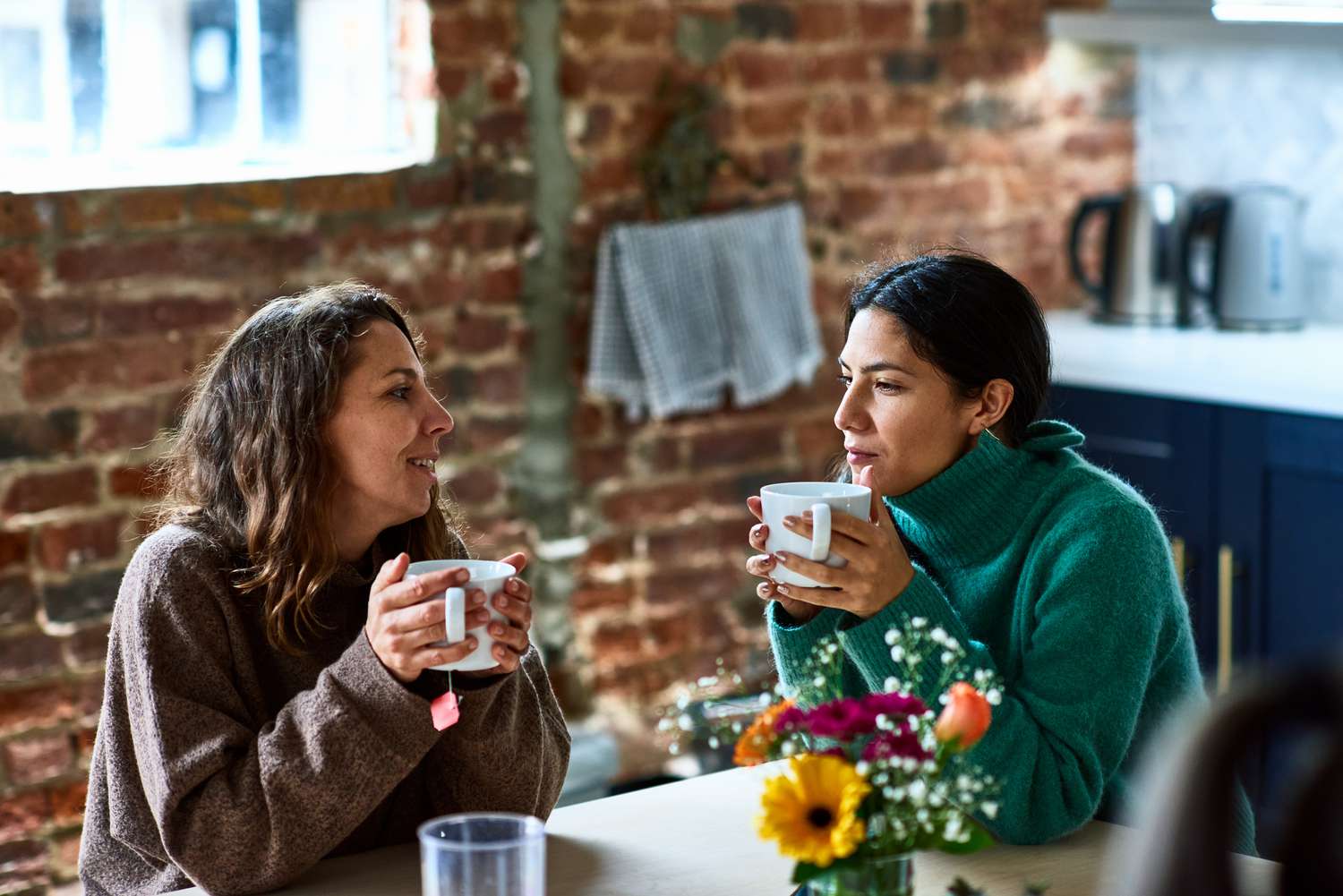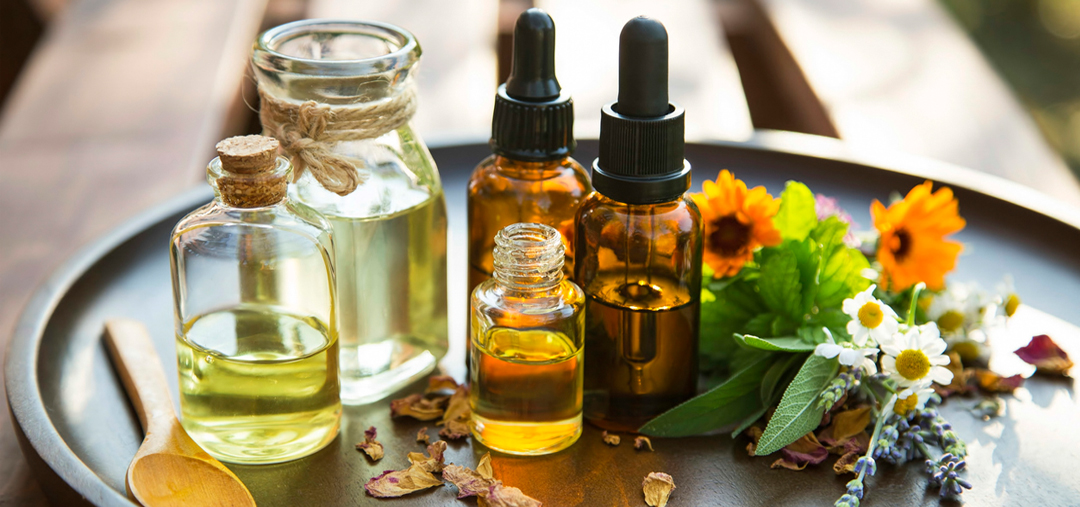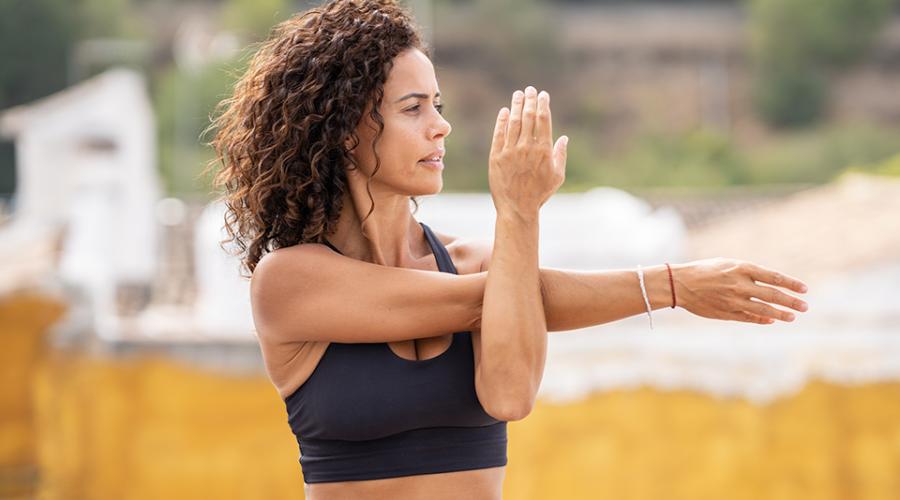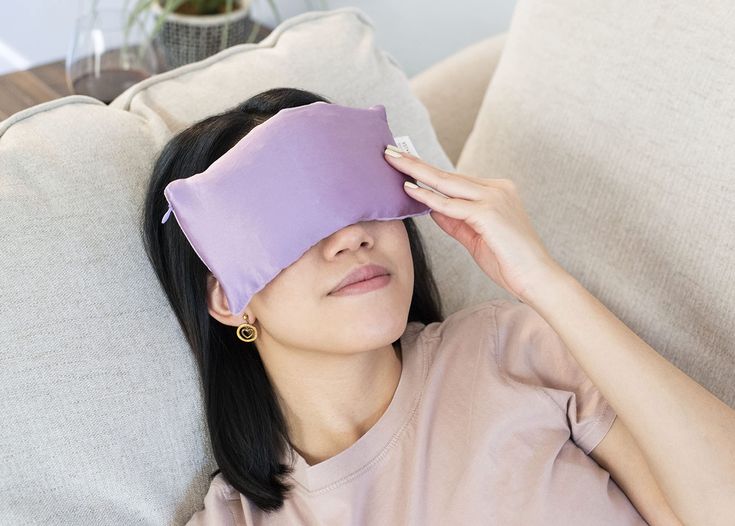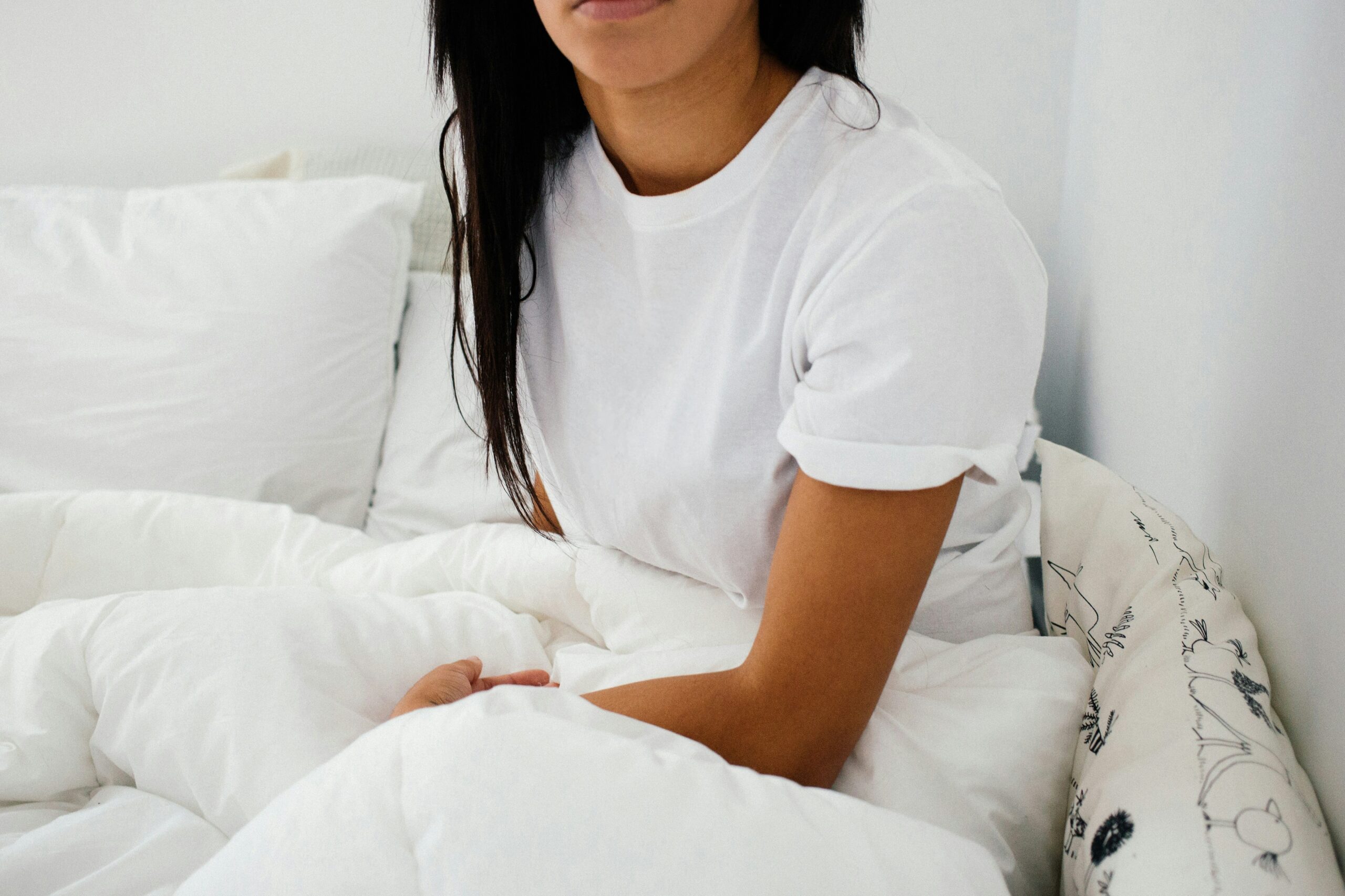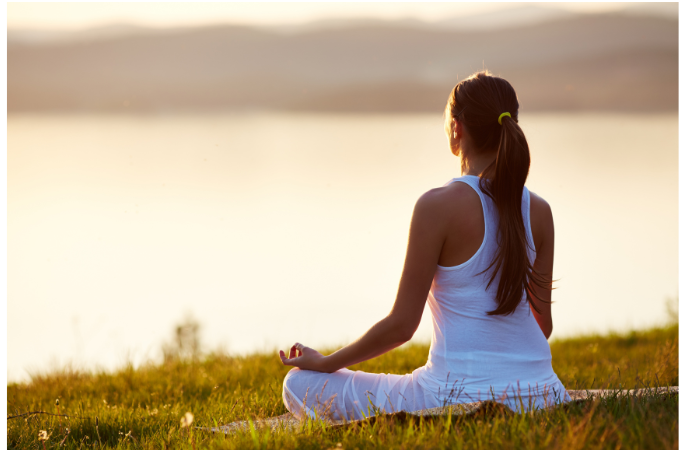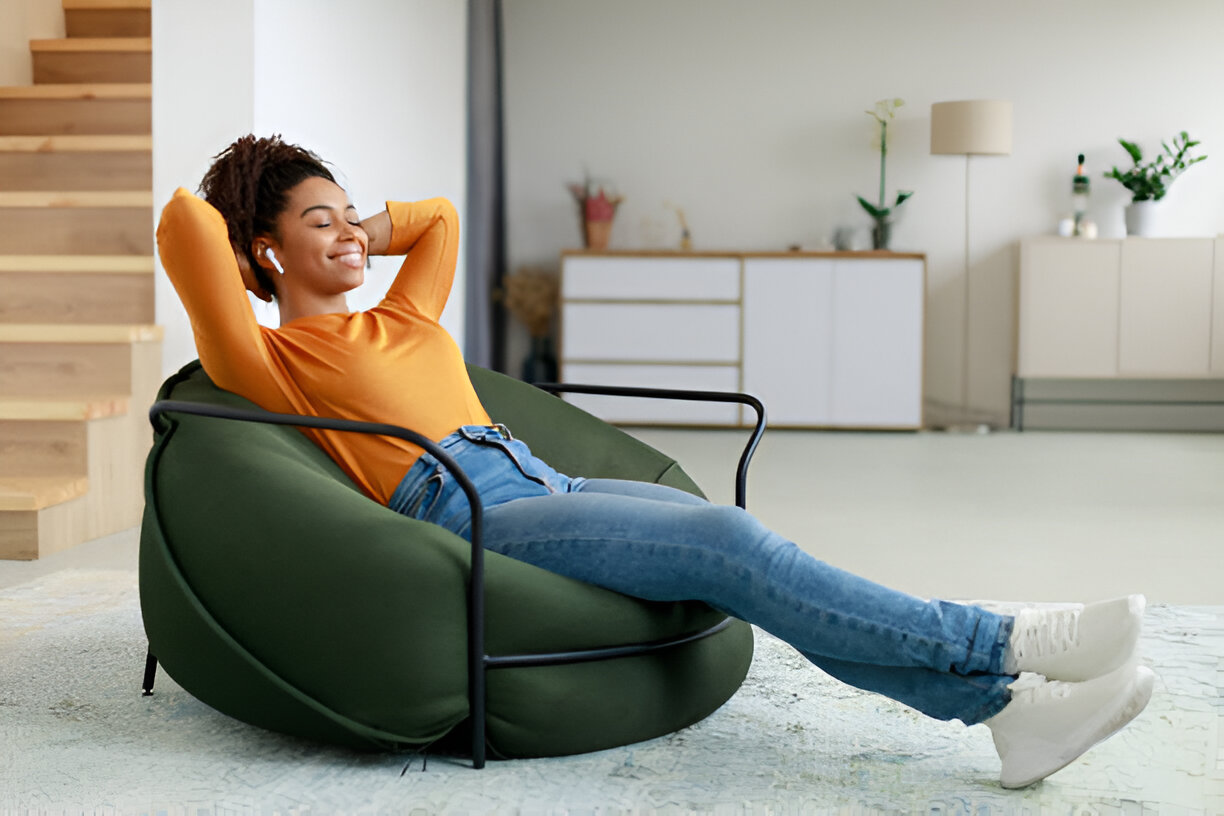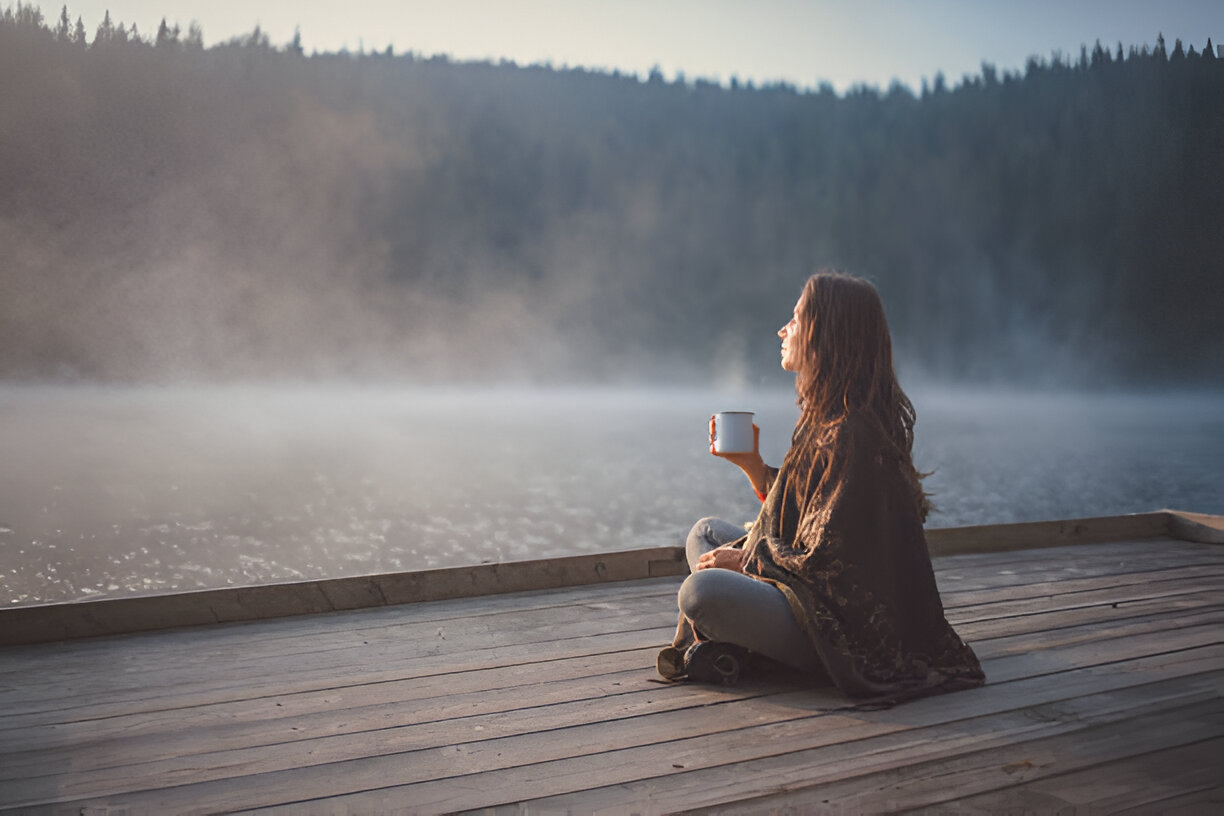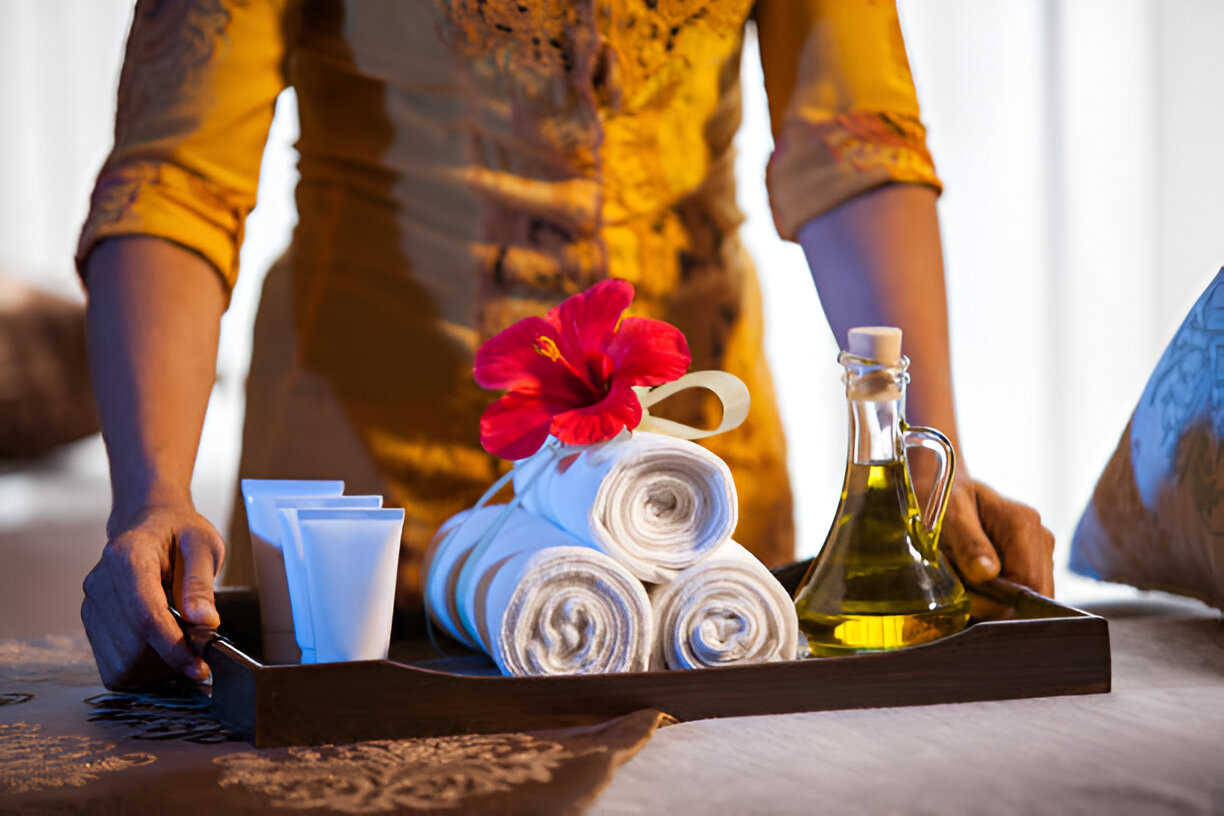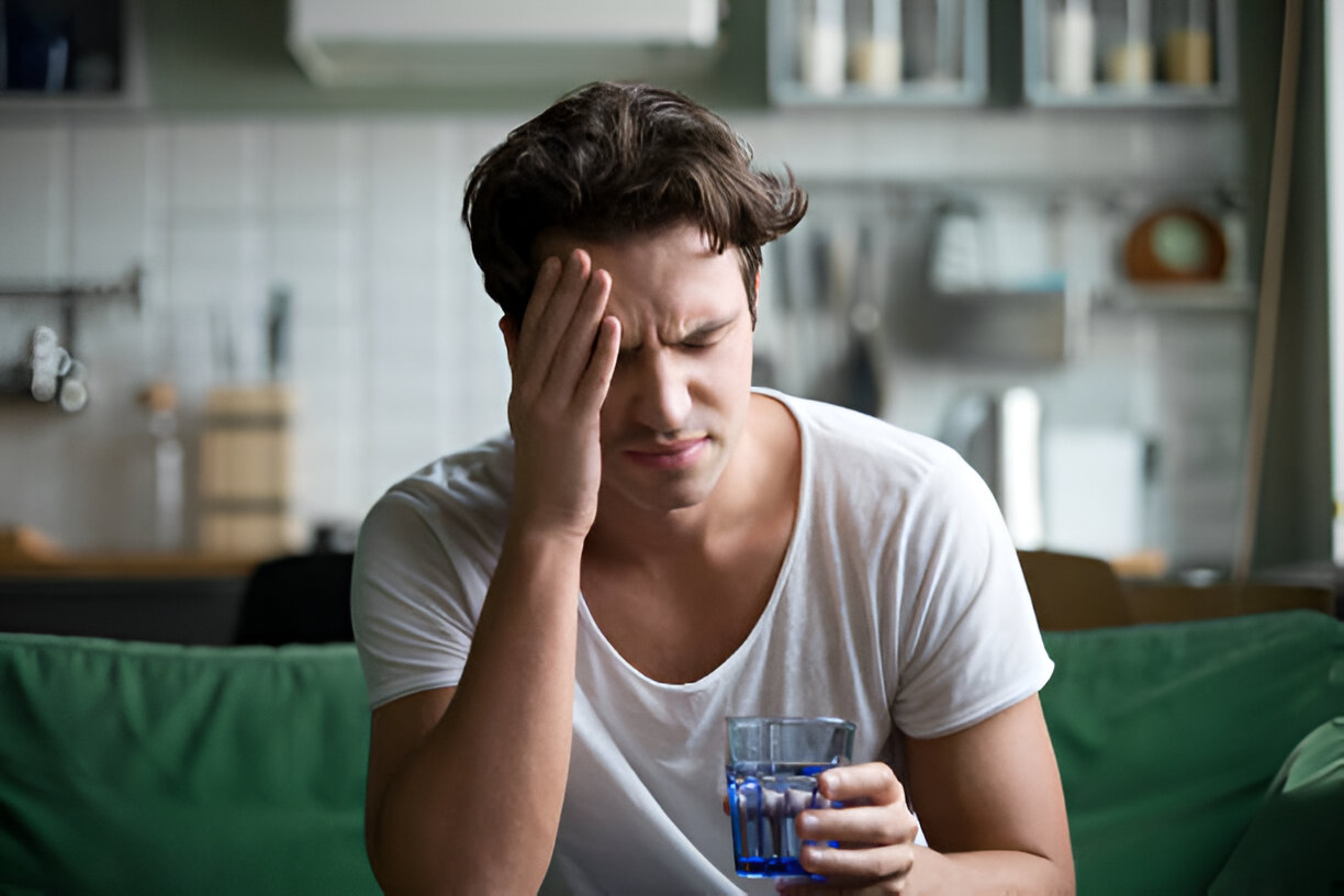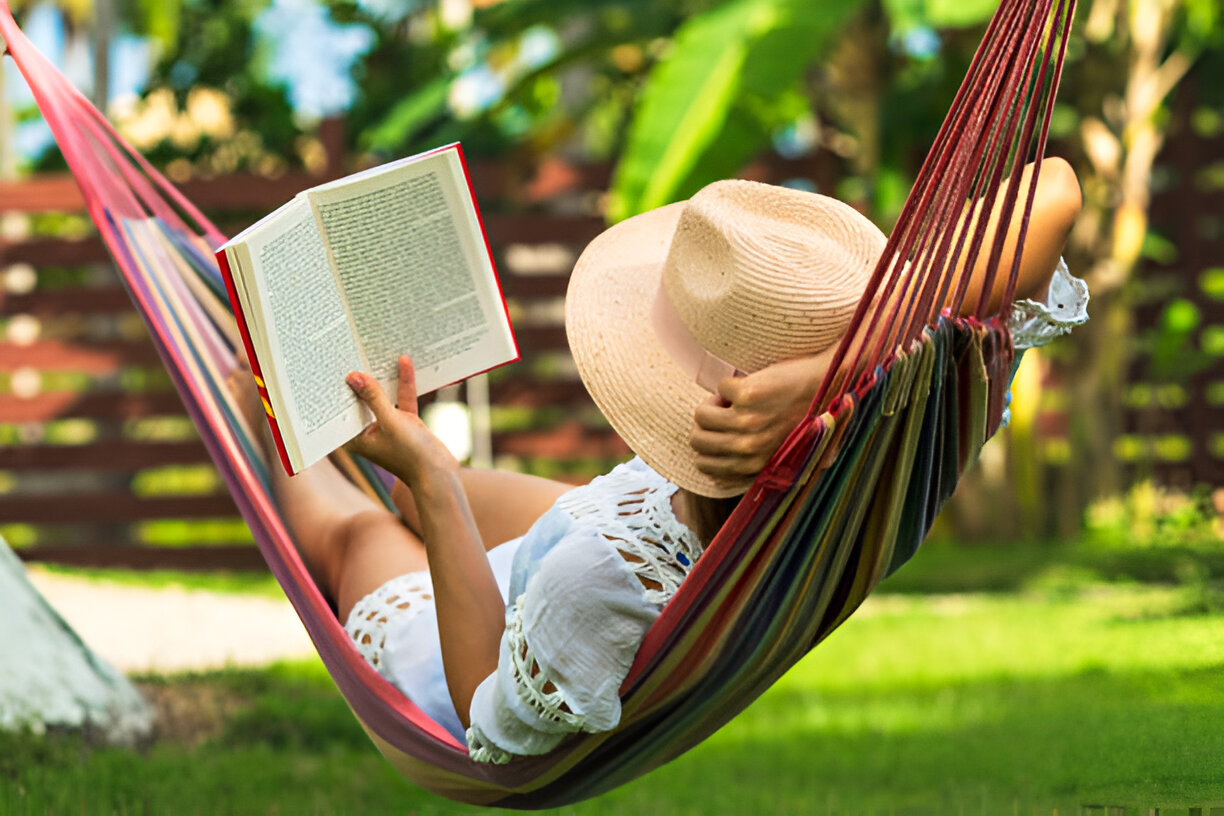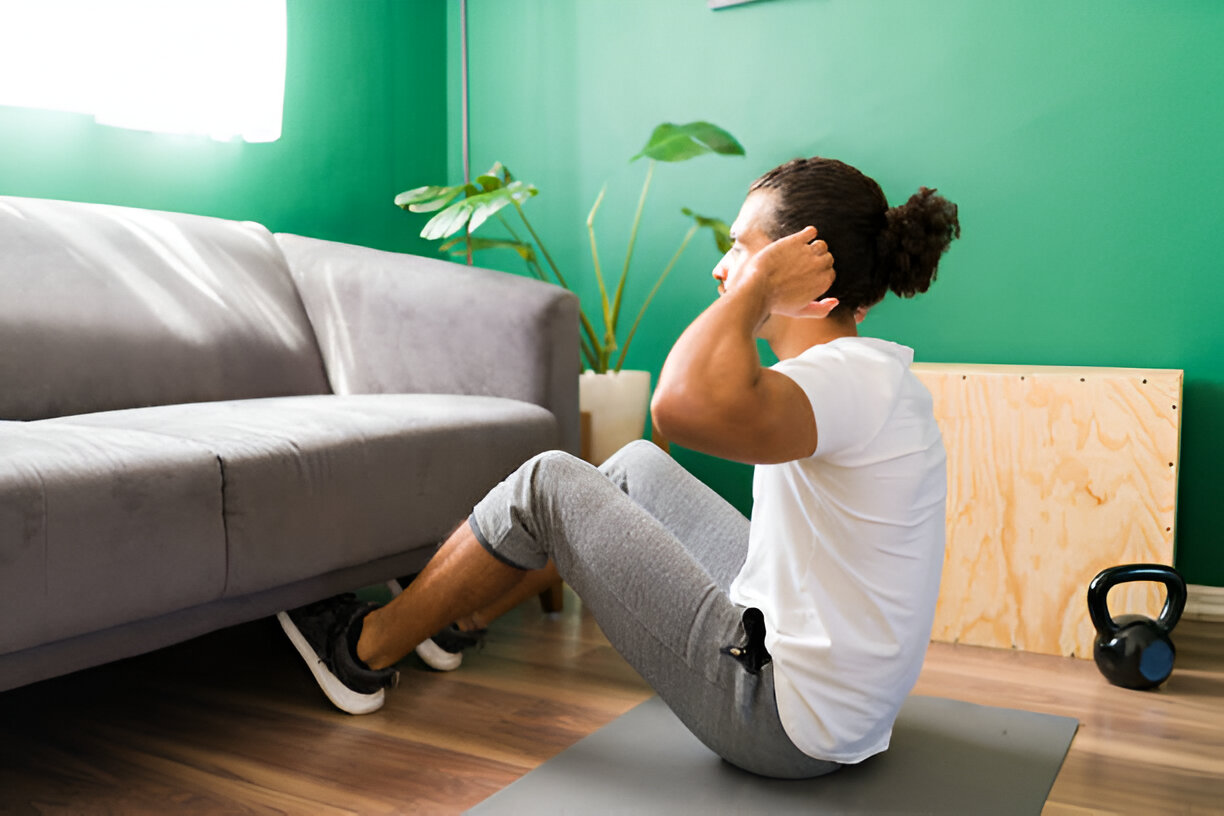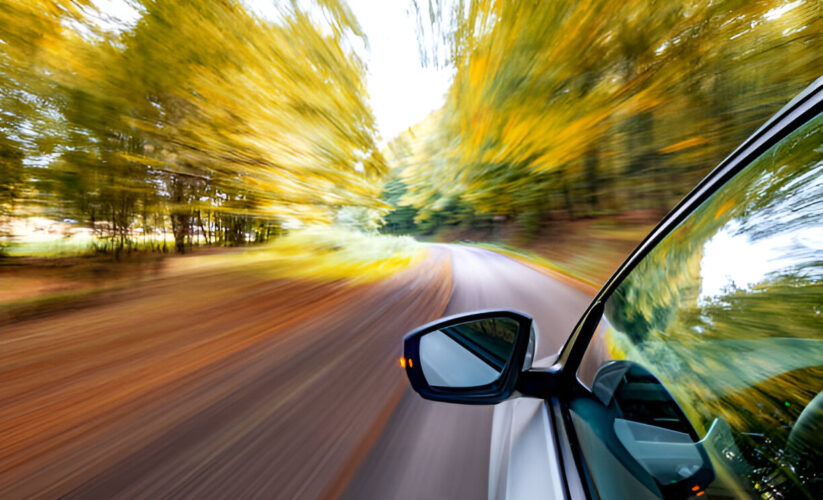
“You have the cutest little mirror face,” squealed my friend Jessica. It was New Year’s Eve 2001, and we were crammed in her bathroom, getting ready for our big night out. I had just dotted my cheekbones with glitter — I was 25 at the time, give me a break — and was staring at my reflection to make sure I looked OK, wearing what I thought was a reasonably neutral expression.
“What do you mean?”
“Your mirror face! It’s adorable. You do this little pout, and you open your eyes wide.” She mimicked me, sucking in her cheeks and jutting out her lips. The effect was ridiculous. I was horrified.
It was the first time I’d been told that the face I see in the mirror is not the face the rest of the world sees. Not in the we’re-our-own-worst-critics way, or even in the nobody-will-think-you’re-beautiful-until-you-believe-it-first way. This was me not realizing that my mirror face was not the same thing as my face face. I’d spent years unconsciously learning to artfully arrange myself in order to maximize my good points and minimize my flaws: I would widen my gaze to better reveal my big brown eyes, plump out my mouth to make up for my thin lips, lower my chin to better achieve Lauren Bacall-style bedroom eyes. I never realized I was doing it, but when Jessica pointed out the exact things that differentiated what I saw in the mirror from what I saw in photographs — less pouty lips, less prominent cheekbones, less captivating eyes — I instantly knew she was right. I had been caught.
I tried to cure myself of “mirror face,” resolutely not pouting and not peeping whenever I’d apply my makeup. At one point I even tried talking out loud during my morning ritual in order to shake it. Nothing worked. I could be relaxed, normal, myself, non-pouty — and then the minute I’d look in the mirror, there was the face.
After another 10 years of playing kissy-face with myself, I started to wonder if perhaps the cure for mirror face lay not in the face but in the mirror. Looking at my reflection had become a way of centering myself, of making sure I was actually faring as well as I thought I was. Out on the town with friends? I’d dash to the bathroom to make sure a good-time gal was staring back at me. Buzzing along at work? I took pleasure in the coiffed professional I’d see washing her hands as I did the same. Even after a good cry, I’d look in the mirror to verify that the tear-stained face really matched what I was feeling. The mirror had become more than a tool for checking my hair or letting me put on eyeliner smoothly. It was confirmation of what I should already have known — that I was having fun with my friends, that I was thriving at my job, that I was sad or on edge. Nothing seemed real until I saw my reflection looking back at me.
Obsessive mirror gazing wasn’t the only harmful act I’d inflicted on myself over the years: By the time I sought help in 2009, I’d had an eating disorder for nearly a quarter of a century. One of the most important things I discovered during treatment was that I had been focusing on symptoms to avoid feelings: Sadness seemed unbearable, so I would restrict. Anger felt worse, so I would binge. I eventually learned how to identify feelings instead of numb them (turns out sadness is better than starving), and by 2011 I was on a solid path to recovery. So when I recognized that I had been imbuing the mirror with all sorts of things no mirror could possibly give me — affirmation that I was “really” feeling the things I thought I was feeling — it seemed uncomfortably close to the condition I’d gotten over. (Let’s not forget that people with eating disorders tend to have a somewhat distorted relationship with the mirror to begin with.)
When I began seriously keeping track of how many times a day I glanced at my reflection, I lost count somewhere in the mid-20s. By noon. That may sound like extreme vanity, but think about it: Between the actual study of your face during makeup application, the sidelong glances in shop windows during your stroll to the subway, the quick peeks every time you wash your hands in the bathroom, and the brief glimpses you catch in the reflection of the office microwave, you probably navigate a similar minefield of information about your appearance on any given morning. I had to wonder: How would it feel if I were to cut out my constant self-surveillance? What would it be like to short-circuit the feedback loop that the mirror was giving me so many times a day?
I decided to find out. For one month, I vowed, I would abstain from looking in the mirror, or at my image in any form. No shop windows, no subway glass, no photos. I took note of the mirrors I encountered in my daily life so that I could a void them. I hung a pink chiffon shroud over the only mirror in my home, and my boyfriend agreed to do the same — including the pink chiffon. (Solidarity, people.) He also agreed to be my “mirror,” in terms of both telling me if I had the proverbial bit of spinach between my teeth and soothing any worries I might have about looking weird and not knowing it. I loosely chronicled the entire experiment online, in hopes that consciously recording it would help me stick with the exercise and eventually understand my bizarre ties to the mirror.
On day one, I stayed in the apartment, testing the waters and feeling weird every time I’d wash my hands while staring at a wall of pink. On day two, I ran into someone I knew on the street, and I envisioned myself grabbing him by the shoulders and yelling, “DO I LOOK CRAZY?” (Which might have provided a definitive answer to the question.) By day nine, I couldn’t rid myself of the sensation that my head had suddenly become extraordinarily elongated, a la the Coneheads from “Saturday Night Live.” My brain had always relied so heavily on visual proof of my appearance that without it my neural signals had begun to go haywire.
Does this strike you as slightly unhinged? I assure you that I’m not normally prone to hallucinations. But when I found myself actually patting down my skull to make sure it hadn’t shape-shifted, I realized the extent to which I’d outsourced my grip on reality to a sheet of silvered glass. Here’s the thing, though: The mirror never gives us any new information. It’s the same old, same old, disrupted only by the occasional blemish or more adept eyeliner application. I’d been treating every glimpse in the mirror as new information, and just as our computer hard drives run out of room when crammed with extraneous files, so had my personal storage bin become overloaded. It was time for a serious purge.
I had hoped to gain a bit of extra time by not peering incessantly at myself, but it wasn’t the actual minutes spent in front of the mirror that turned out to be the problem (especially given that most of the time I saw my reflection was in the course of other daily actions). Dropping the hypervigilance to all things Me helped refocus my energies. I found myself being more patient with the slow clerk at the grocery store, and instead of cramming myself onto a crowded subway train, I tended to wait for the next one. I jaywalked less and read more — actual books, not online news articles that I’d tear through in a flash, never getting to the end of a single story before I would click through to the next. I listened three times to a speech my boyfriend rehearsed in preparation for an academic conference, and though my knowledge of midcentury Italian Marxist movements is trifling at best, my mind didn’t once wander. I did yoga instead of thinking about doing yoga. I faced away from the mirror at the gym but was suddenly doing more reps with the dumbbells.
And even though I’d decided to wear my usual makeup throughout the experiment — I confess to making an exception for a one-inch-square of reflective glass that I used to focus on a single feature as needed — my cosmetics soon lost their appeal. If I couldn’t witness the combined effect of my eyelashes darkening or my lips reddening, somehow it didn’t seem worth the trouble.
I hadn’t gone into the experiment thinking that the mirror was affecting my self-esteem. As is the case with most women, the way I feel about my looks fluctuates from day to day, sometimes from minute to minute. In times when I feel down about my appearance, my solution has always been to look at my reflection and remind myself that I’m not half bad — a decent enough fix, until you consider how rarely body-image issues are about the body and not about, well, issue issues.
“Love your body!” trumpet the well-meaning awareness campaigns. “Tell yourself you’re beautiful — because you are,” we tell one another. Sure, these are better messages than the dog pile of unrealistic images that bombard women every day from movie screens and fashion magazines. But I can’t help thinking that the best way to accept how we look might not be to love our bodies so much as to quit thinking about them all the time. Instead of cheerleading my way to a stable body image, I ignored my way to it. I can’t say I felt any better about my looks as I went without mirrors — but I promise you I didn’t feel any worse.
At the dawn of the experiment, I had mentally fast-forwarded to the end of it. What would it be like to see myself in the mirror after a month off? But as the date closed in, a sort of dread descended whenever I thought about it. There was a part of me that never wanted to look in the mirror again.
Perhaps there was a part of my boyfriend that didn’t want me to, either. We’d always had a communicative, loving relationship, and that month had been no different. What had been different was that I noticed it more. When you trust someone to tell you if you’ve sprouted chin hairs or misbuttoned your blouse, you’re entrusting him with your self-image. I had handed my idea of myself to my partner and asked him to keep it safe. And I got a bonus in return: By month’s end, I found myself taking renewed joy in our quiet moments together, and I had a greater trust in his support of my work, and a greater ability to be trustworthy myself.
“I don’t want to go back,” I said dramatically on the last night of the experiment. (You’d have thought I was weighing a treacherous flight from the Bolsheviks and not some self-imposed exile from my own bathroom mirror.) “You don’t have to,” he said.
And I didn’t. Well, not for a few days, anyway. I didn’t look at myself at all the first day, and I only peeked on the second and third. It wasn’t until the fourth day that I actually looked at myself in full.
And today, six months later, you could still walk into my apartment and find pink chiffon draped over the bathroom mirror. I lift it only when there’s a reason to. Looking in the mirror is now an act of intention, rather than one of habit. I even celebrated my 35th birthday without looking in the mirror. I’d worn my glasses to meet my boyfriend at the Indonesian restaurant he’d picked out, and after sampling cabbage sambal, caramelized beef, pork satay, and probably a liter of wine, the two of us shared a cozy kiss. We clinked our eyeglasses in the process, bursting into awkward giggles. We looked like something out of a romantic comedy.
At least that’s the way I think about it today. But in the moment, no part of me was wondering how we appeared to onlookers. I wasn’t even thinking about how I looked to him — or, for that matter, how he looked to me. I’d turned the surveillance camera off, and being present there together, and asking for nothing more, was, remarkably, enough.
Autumn Whitefield-Madrano is a writer living in New York City. She blogs at
the-beheld.com
.





